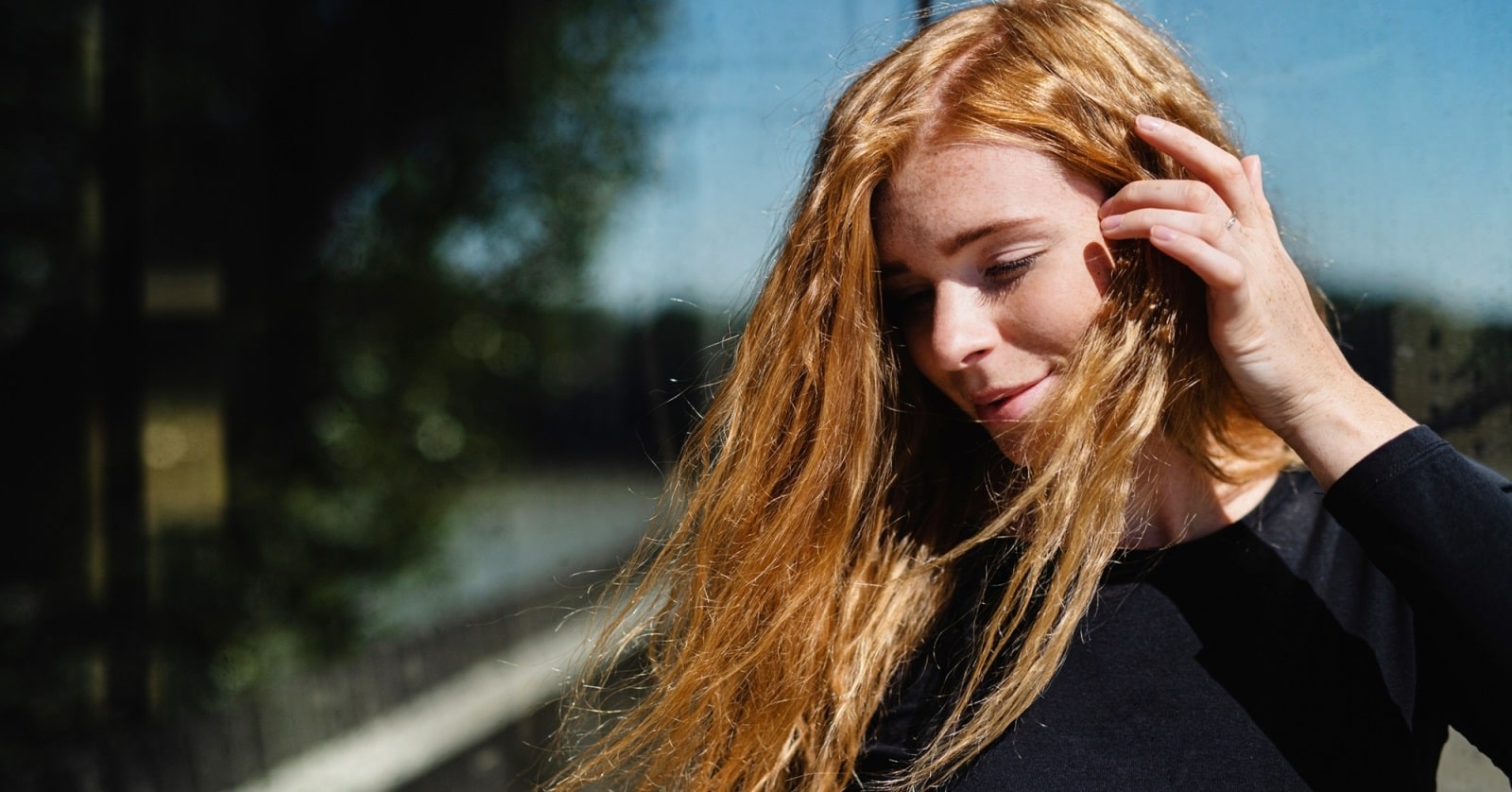Some people really don’t like to be alone: it makes them feel uneasy and depressed. In contrast, others are happiest in solitude. Below are 12 surefire signs that although someone is alone, they aren’t lonely by any stretch of the imagination.
1. They enjoy eating at a restaurant on their own.
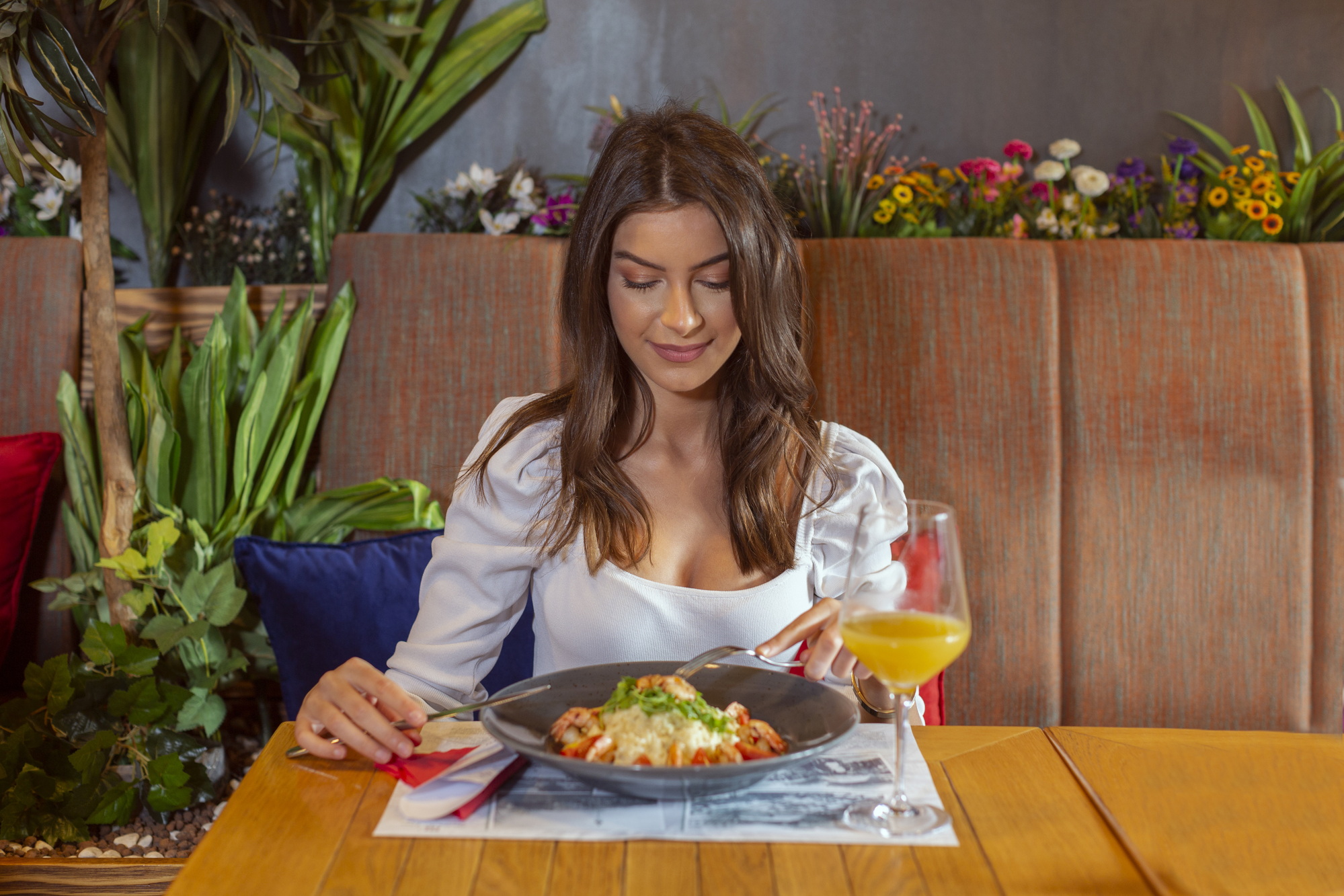
For some people, eating alone at a restaurant would be horrific, peak loneliness. For others, however, it’s an opportunity to eat whatever and whenever they like, on their own terms, without interruption or performative engagement. They can focus entirely on their food, and can read, watch the game, and so on, as desired.
2. They’re often found engrossed in a solo activity that they enjoy.
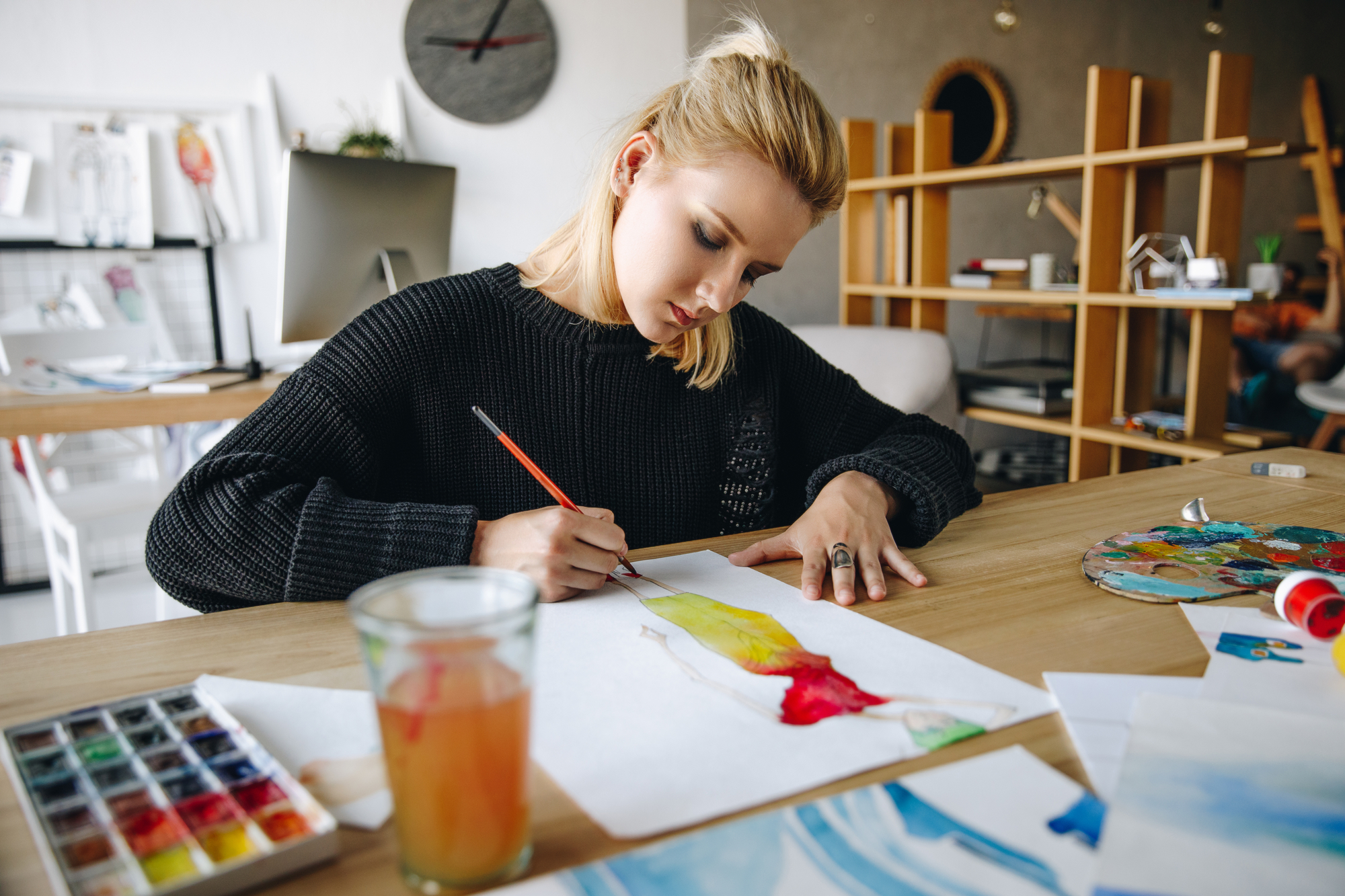
One may have their nose perpetually in a book, while another may enjoy listening to true crime podcasts while doing hand crafts. They’ll appreciate the ability to devote all their time and energy to their personal pursuits, and they might feel irritated when and if they have to interact with others.
3. They’re evasive when invited to join group activities.

Many well-meaning extraverts may invite them to join events or activities such as shared holiday meals or family outings so they “won’t be lonely”, but they’ll politely decline. If pressed, the politeness may evaporate and they’ll be a bit more emphatic about how they’re fine doing their own thing, thank you.
4. They’re happiest in the company of their animal companions.

A lot of people are far happier spending time with their pets than they are with other human beings. These companions offer them unconditional love without being demanding, nor do they cause any drama. Although their companionship may not be of the human variety, their company prevents loneliness quite effectively.
5. They enjoy solo travel.
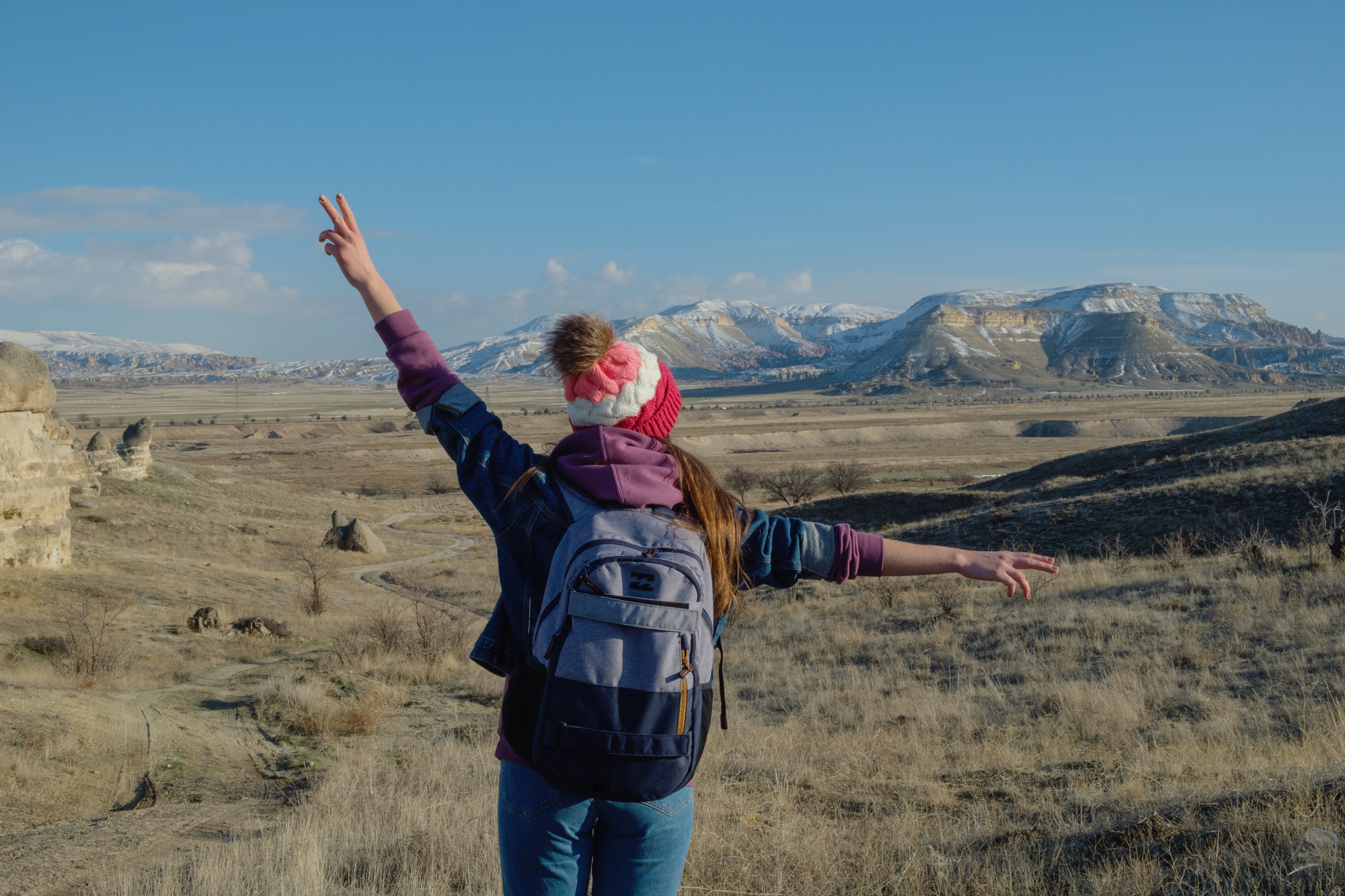
Although some like to travel in large, boisterous groups, many others appreciate being able to travel on their own. A person who thoroughly enjoys a solitary day at a museum, or lounging on the beach to read uninterrupted with a fruity drink within reach, will only find other people’s company annoyingly intrusive.
6. They’re happy in silence.

When people feel lonely, they tend to need sound around them to keep them engaged and distracted. For example, they might keep the TV or radio on day and night so they’re always listening to other people’s voices. In contrast, those who cherish silence rarely feel loneliness—they’re perfectly content in their own company.
7. Their artistic or creative endeavors far outweigh any need for social interaction.

Most creative individuals—be they visual artists, musicians, or writers—spend a great deal of time in solitude. They can’t create anything of value when they’re distracted by others’ incessant chatter or movement in their periphery. Furthermore, their drive to be creative is far more important to them than socializing will ever be.
8. Their communications with others are sparse.

Since they’re fully content in their own company, they don’t spend much time interacting with others. As such, their communications with friends and family tend to be “short and sweet”. Many prefer to text or email rather than chatting on the phone, and they may go silent for weeks at a time.
9. Although they may be present on social media, they’re rarely active on it.

Those who prefer solitude like to keep tabs on others from a distance, and as such they’re likely to peek in on their loved ones social media accounts to see what they’re doing. That said, they have little inclination to share photos or thoughts about what’s going on in their own lives.
10. If they’re athletically inclined, they choose solo workouts rather than team sports or activities.

Just because someone likes to work out doesn’t mean that they want to do so with other people. They may have a home gym or do solo workouts such as calisthenics, yoga, or outdoor natural movement, rather than joining a sports team or Pilates class. Ultimate frisbee is right out.
11. They don’t live with their partner (if they have one).
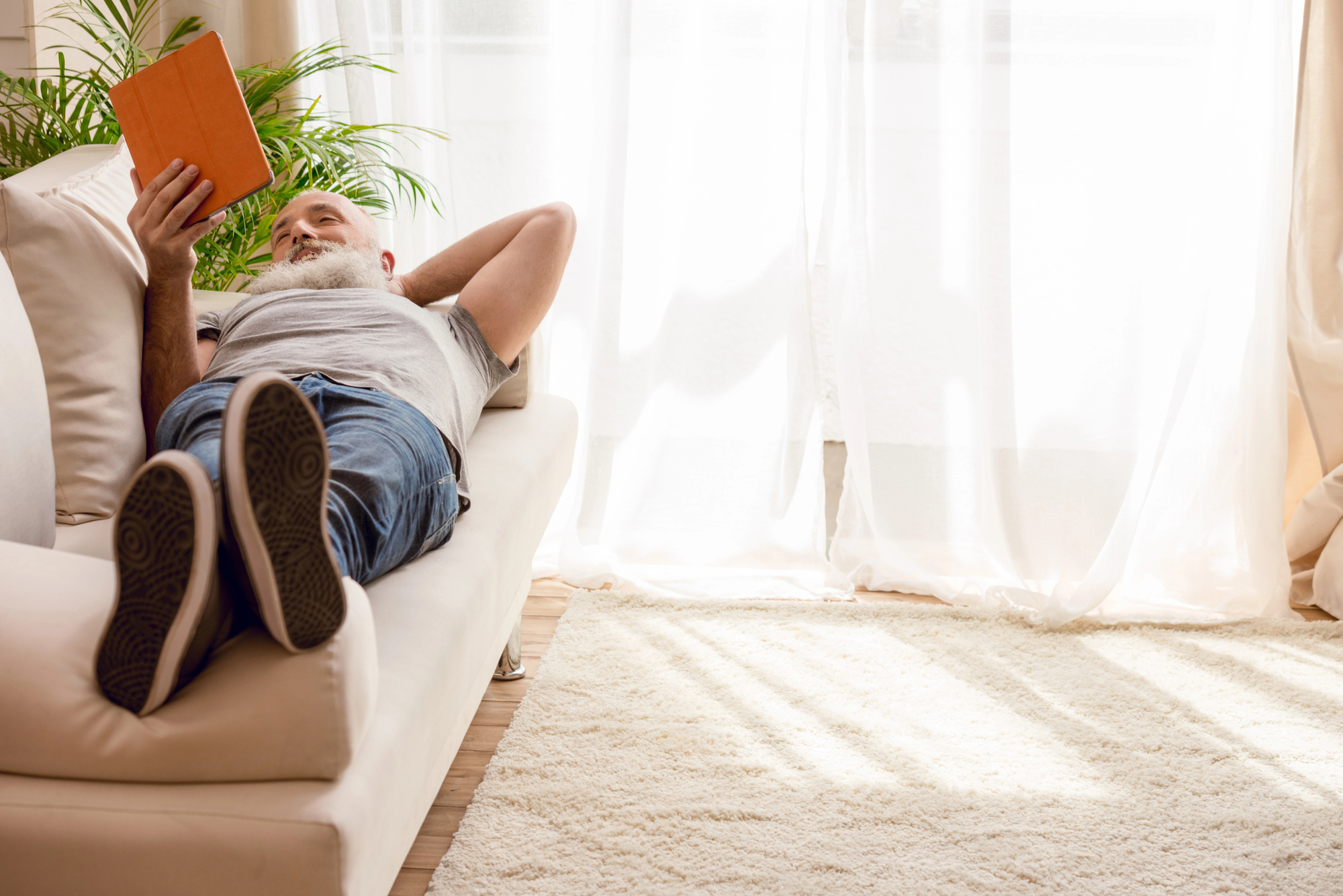
Many people who choose to live alone report lower stress levels and higher quality of sleep than those who live with their partners. Even if they have a loving relationship, they cherish the peace of alone time, and would be far more irritable and stressed if they were forced to cohabit.
12. They don’t have children, nor do they want any.
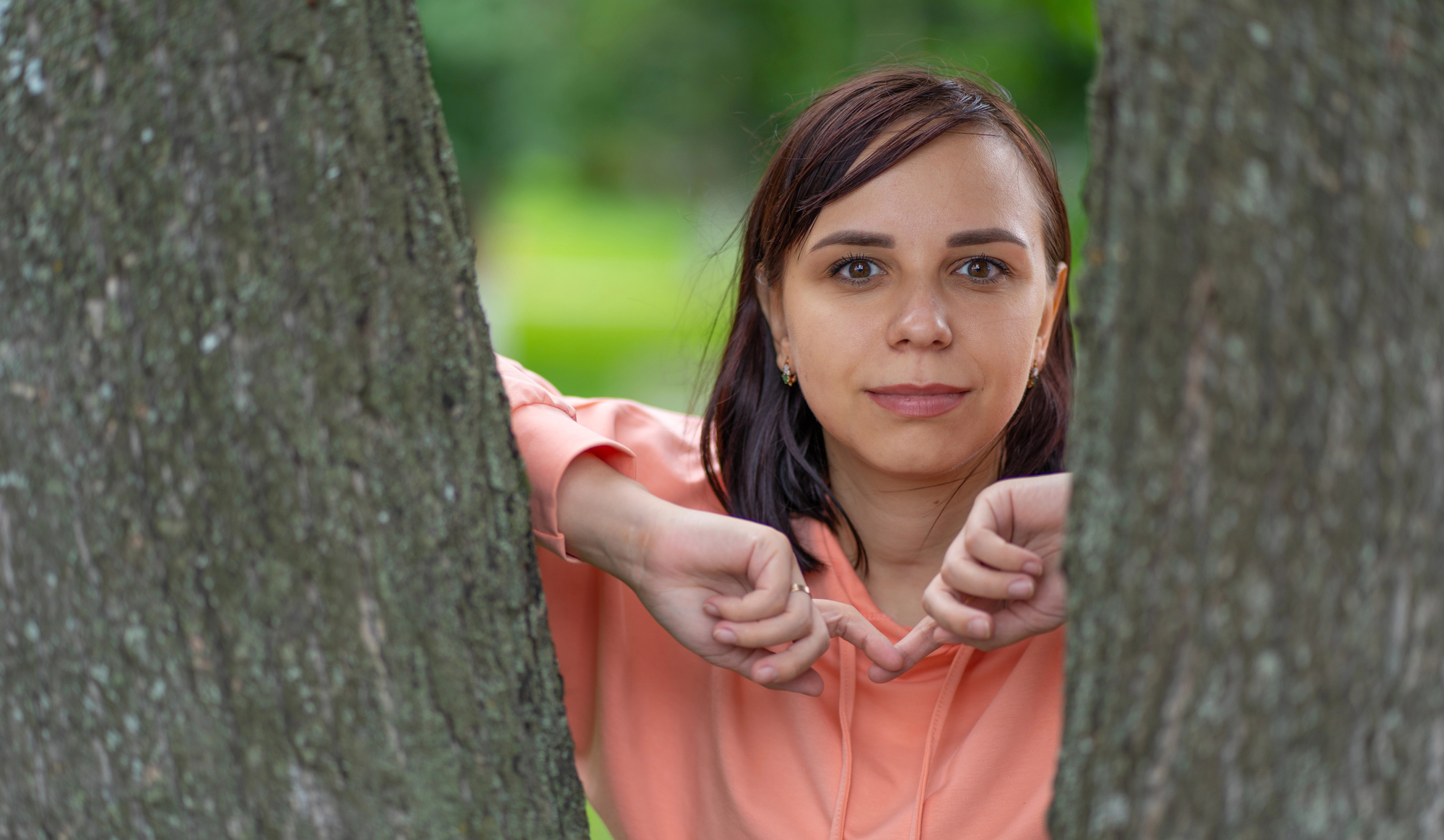
Far too many people choose to have children specifically because they don’t want to be lonely (especially in their advancing years), rather than sincerely wanting to experience parenthood. Those who choose to remain child-free are far happier being by themselves, which often upsets and angers those around them—especially if they’re female.

